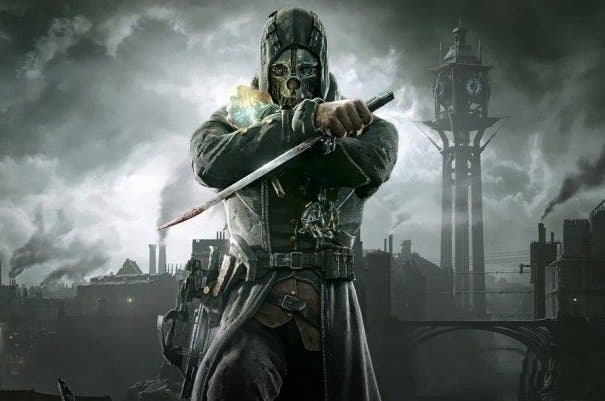Face-Off: Dishonored: The Definitive Edition
A straight PC port or something better?
With a sequel to Dishonored in the works, a remaster of the original game for current-gen consoles was all but inevitable - a release confirmed at E3 earlier this year. Dubbed the Definitive Edition, the latest version of Dishonored promises a substantial upgrade over the Xbox 360 and PS3 releases, featuring updated visuals and the inclusion of all the downloadable content. There are also improvements to frame-rate, but the boost only goes so far: we're still looking at 30fps, albeit with a higher level of stability in performance.
Coming up to its three-year anniversary, it's fair to say that the look of the UE3-powered title hasn't aged particularly well when viewed through a full HD lens, though the gameplay still captivates. Both consoles hand in a native 1080p image, bringing with it a substantial boost in clarity and sharpness over the 720p last-gen releases. That full HD presentation is backed by run of the mill anti-aliasing - and based on a comparison with the PC version, it looks like standard FXAA is in play on both PS4 and Xbox One.
Curiously, there does seem to be a small amount of variance in the overall coverage offered by the AA solution, producing a slightly sharper image on Xbox One with distant scenery lacking the mild softening effect that appears sporadically on PS4. However, shimmering around fine details is more commonplace across both near-field structures and those further away from the camera, while long edges lack the same level of smoothness compared to the other platforms. Here, the PC game offers the most refined presentation with the PS4 following behind. On PC we opted for FXAA for our captures, which provides a smoother image than the MLAA alternative, at the expense of a slight blur to texture clarity.
The Definitive Edition tagline suggests that the PS4 and Xbox One versions of Dishonored are treated to an upgrade over the original game in some form. Some improvements are made, but in practice the amount of work carried out on the game appears fairly minimal and the core graphical look of the game falls into line with the PC version running at the high preset (maximum settings) with just a few tweaks in several areas. Alpha-based effects and post-processing elements such as depth of field and motion blur also appear identical across all three platforms.
Texture quality differences are few and far between, but surprisingly they do crop up occasionally as we traverse various locations in Dunwall. For example, a few surfaces on the PC game display an additional layer of texture mapping not present on the PS4 and Xbox, mildly enhancing the appearance of incidental details across the environment in some locations. The difference is barely noticeable, but it does add a little more refinement to scenes missing on PS4 and Xbox One. Elsewhere, texture filtering takes a hit on the PS4 with a trilinear implementation visibly impacting texture quality on distant scenery and surfaces when viewed off-axis. By comparison, a high degree of anisotropic filtering is present on both PC and Xbox One, better preserving the quality of the artwork.
So far we're par for the course with a straight-up PC port, though digging a little deeper reveals that some light work has been carried out in improving some elements of the presentation. Exploring the sewer system underneath Dunwall for the first time, we see the appearance of parallax occlusion mapping across the walls and ground, giving brickwork and cracks a strong three-dimensional look reminiscent of actual geometric detail - an effect that is also used across cobblestones on the roads. By comparison, the PC version utilises normal mapping to add detail to surfaces, which look much flatter as a result.
In other areas, the level of depth delivered to the environments in Dishonored is also given a boost on consoles via the use of much stronger ambient occlusion that adds clear halos around the areas of scenery where objects and geometry intersect. The effect is also present on the PC, though it is very weak in comparison and is often barely noticeable, mainly adding depth in darker scenes than in brighter daylight conditions.
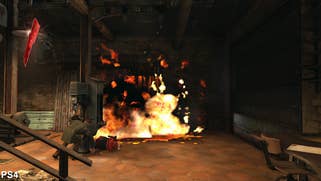
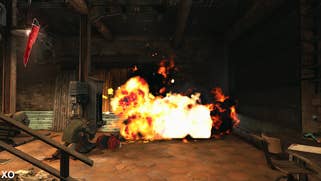
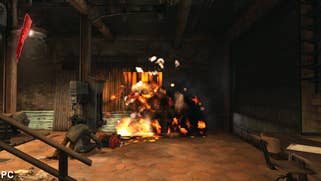

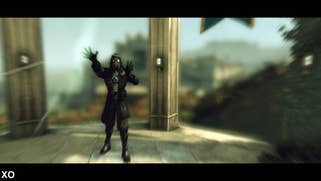
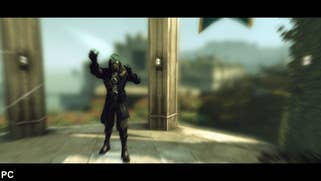
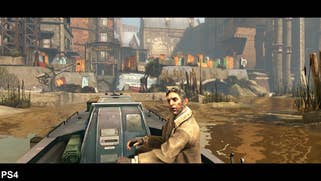
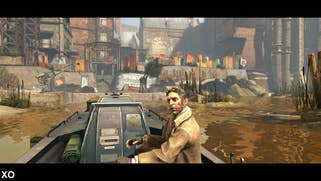
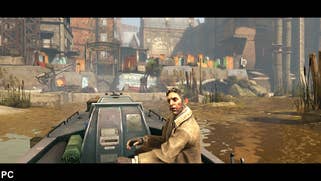
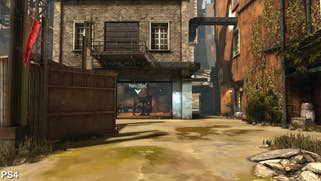
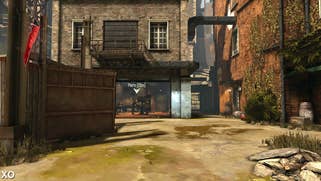
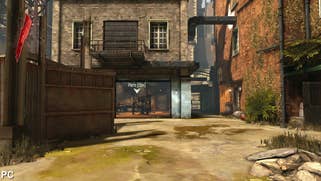

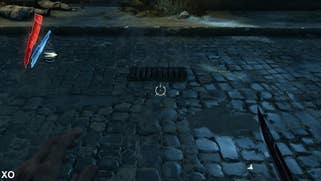
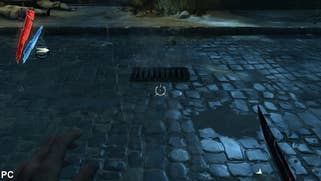

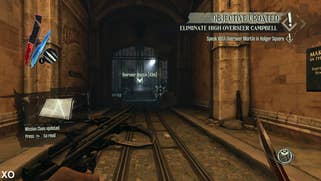
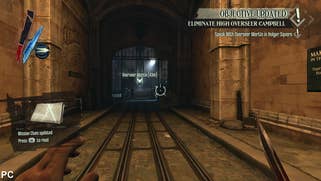
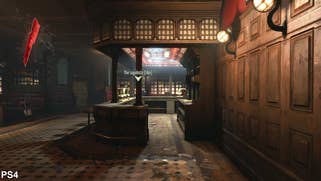


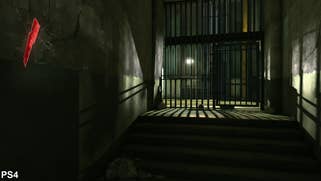
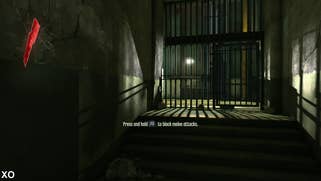
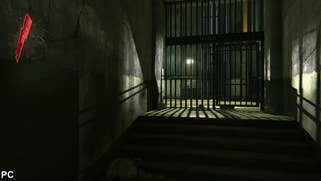
In terms of performance, the Xbox 360 and PS3 versions of Dishonored deliver an enjoyable gameplay experience - it's standard UE3 adaptive v-sync stuff, locking to 30fps with tearing creeping in when the engine can't sustain its target update. With the massive hardware jump provided by the PS4 and Xbox One consoles and the ease of running UE3 titles on relatively low end GPUs, there's the potential for the Definitive Edition to target 60fps - essentially giving us PC levels of performance with all the convenience of a console. That sounds like an enticing prospect, but the reality is more mundane: upon first booting up the game on both PS4 and Xbox One it's clear that a 1080p60 set-up is off the cards with the developer opting to target the safer 30fps option instead.
The good news is that performance across both machines regularly hits the desired 30fps metrics and for the most part gameplay and motion appears consistent across action-heavy moments where stability is most wanted. Surprisingly, despite a solid start, a 30fps lock hasn't been achieved on either console, though both do come close for most of the run of play. In fact, the Definitive Edition on current-gen machines employs a similar adaptive v-sync approach to the Xbox 360 and PS3 versions, with incomplete/torn frames displayed when the GPU fails to sustain its 30fps target. This means that while heavier drops in performance are avoided, image consistency is still slightly disrupted by some mild tearing, while some very minor frame dips in fluidity still occur on the Xbox One under load.
Out of the two consoles, the PS4 offers up the most stable experience with the occasional tear going by completely unnoticed, and during gameplay it appears as though we are looking at a solid 30fps. The Xbox One doesn't quite manage to achieve the same level of consistency, but performance rarely impacts upon gameplay in any meaningful way; tearing occurs a little more often, resulting in some mild screen wobble in fast-moving scenes - particularly when deploying the blink ability to teleport short distances across the environment - but otherwise it isn't a big deal. Frame-rate does suffer a little more noticeably when entering a new area for the first time, which causes visible stuttering to occur for a brief period of time. Thankfully this goes away after a few seconds and gameplay quickly continues on as before. The real disappointment here is that the PC version is extremely light on resources - even a GTX 750 Ti can sustain 60fps - so why the current-gen consoles can't do likewise is a bit of a mystery.
Dishonored: the Definitive Edition - the Digital Foundry verdict
The Dishonored Definitive Edition delivers a clear upgrade over the previous console releases, giving us vastly superior image quality, smoother frame-rates and an overall visual experience very much in line with the PC game. It's a nice step up for fans wanting an upgrade over the previous console versions without access to a decent gaming PC. The addition of parallax occlusion mapping and a stronger ambient occlusion implementation creates a more refined presentation, while the native 1080p framebuffer ensures sharp imagery on a full HD display.
Slightly better image quality and a closer lock on to the target 30fps update puts the PS4 version in prime position here, though the Xbox One game offers an almost identical experience for the majority of the duration. As such, both come recommended for those wanting to get another slice of Dishonored's finely crafted and challenging gameplay. That said, we're left feeling short-changed by the lack of a 60fps update on hardware that clearly has the capability to do so based on PC performance.
While the introduction of some new effects work adds to the core look of the game, doubling frame-rate has a much more tangible impact on the quality of gameplay and we can't help but wish that the developers had focused on this instead. The Definitive Edition remains an excellent game, and the inclusion of the DLC is obviously welcome, but with the maxed-out PC experience available at 60fps on a wide range of hardware, we can't help but feel that it remains the better option, with the existing Game of the Year edition available cheaply with the same content line-up.
